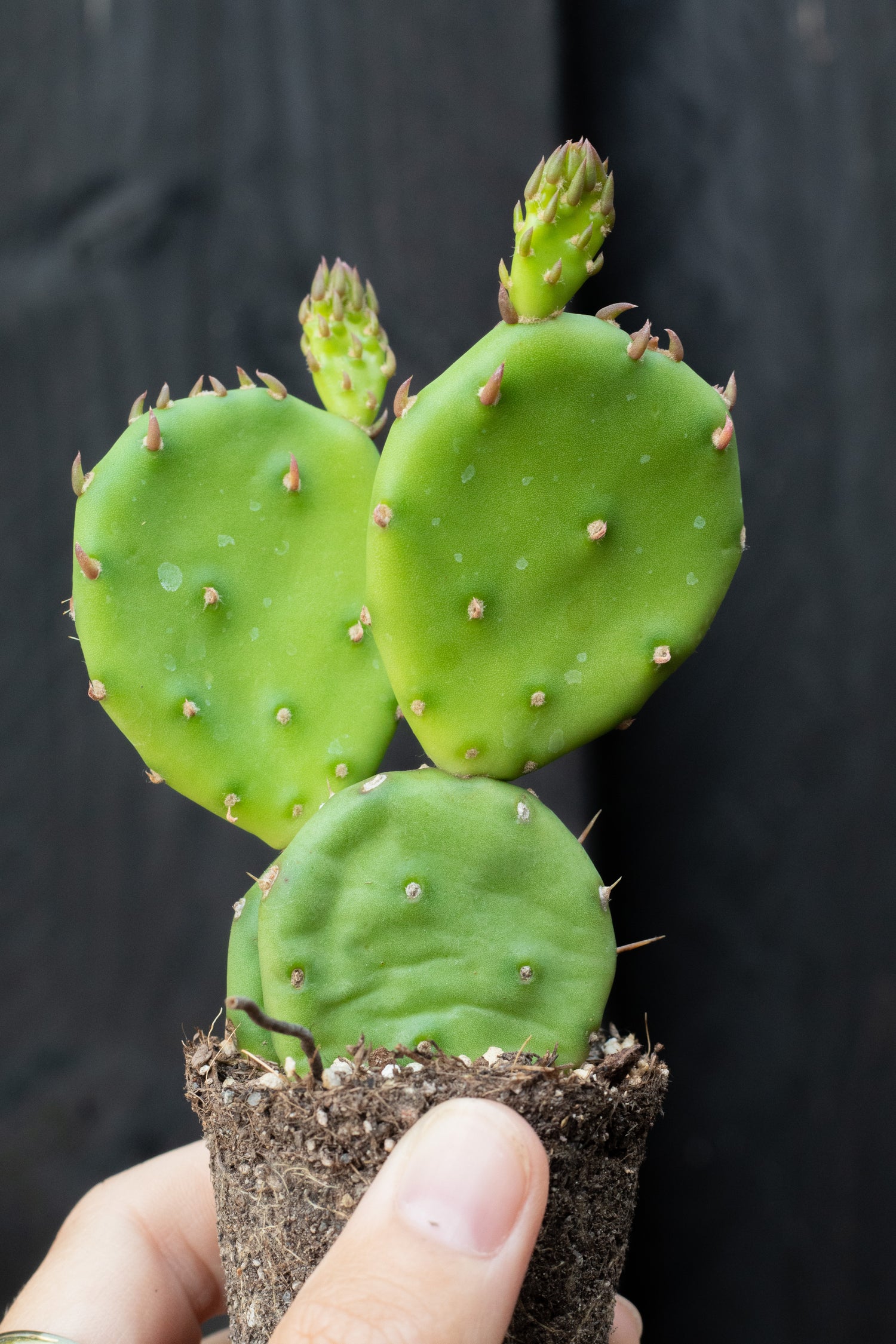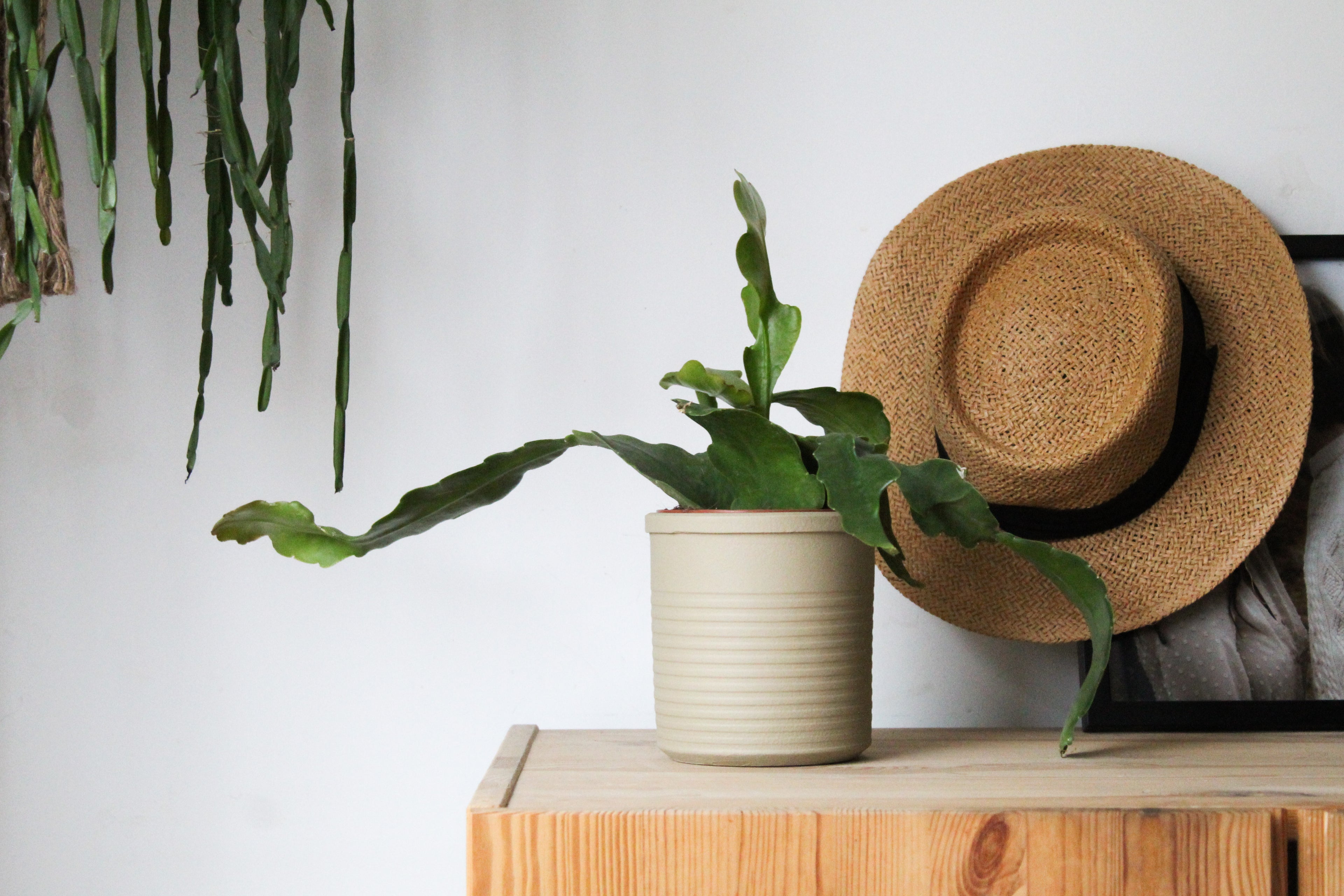The Echeveria is a real classic succulent. You can recognize this succulent plant by its beautiful symmetry and its beauty many colors and types. This means you won't quickly get tired of this beautiful succulent. What is very practical about this succulent is that, like many cactus species, it can survive very well with just a few sips of water per month.
In nature, most Echeveria species occur in Mexico. Here they grow in very dry areas and often in full sun. The intensity of the sun ensures that the Echeveria gets its beautiful colour. Because there is very little rain in these areas, the Echeveria stores water in its leaves. This way, this succulent can survive long periods of drought.
In addition to the Echeveria species that occur in nature, there are also a number of hybrids created in culture through breeding and crossing. These sometimes have the most beautiful leaf shapes, but also, for example, an intense purple colour or drops on top of their leaves. Some great examples of this are visible in the images of the blog.
Because the Echeveria comes from Mexico, we usually bloom in spring and summer. Some will continue to bloom in the fall. All Echeverias produce a flower stem. This flower stem grows upwards between the leaves. The flowers hang in large numbers from the flower stem and have a bell shape. They are typically yellow, orange to red.


Echeveria and water
The Echeveria stores a lot of water in its leaves. As a result, she likes to be watered once every two weeks in the spring when it becomes sunny until the end of the summer. After that, she is allowed less water and once a month is enough for her.
Why is there a difference in the number of times of watering per period? When the weather becomes warm and sunny in the spring, you want your Echeveria to grow again. She needs water for this. In autumn and winter, growth comes to an end and the plant goes into dormancy. You also don't want your Echeveria to grow, because the light intensity also decreases. More about this in a moment. You can water an Echeveria from both above and below. Please note that if you water from above, water droplets may remain in and between the leaves. You don't want this for a long time because your Echeveria may rot or develop chalk spots.
Echeveria and light
The Echeveria likes a light and sunny place. The amount of light affects the growth and colour of your Echeveria. When an Echeveria does not get enough light, it will grow more narrow and upwards. Then she actually starts growing towards the light. If you give her enough light, she will maintain compact and low growth. When an Echeveria gets a lot of sunlight, it can also change colour. An example of this is the Echeveria Taurus. This Echeveria can turn completely purple-red in the summer due to the light. In winter, when the light intensity decreases, this Echeveria turns pink or green again.
Echeveria and nutrition
The Echeveria would like to have extra nutrition during the growing and flowering season. This keeps the succulent plant sturdy, supports its growth and flowering, and keeps her resistance strong. Depending on the weather, a nice warm spring or autumn. We recommend feeding once a month from April to September.
Echeveria cuttings
Propagating Echeverias is a lot of fun, and you can easily do it yourself. Echeverias can be propagated by sowing seeds, but it is much easier to propagate them by taking leaf cuttings. To do this, you need to remove a leaf from the stem of your Echeveria. For this, it is best to grab a charming full leaf in the middle of your succulent. These leafs have the most strength, and it is least noticeable on your Echeveria when a leaf is missing.
Remove the sheet with a rotating motion. Check carefully whether the leaf is still intact and lay the leaf flat on dry soil. You can use fine potting soil as a soil mixture and mix sand or perlite through it. After 2 to 3 days, the wound has dried, and you can spray the leaves occasionally with a plant sprayer (on mist setting). You don't need to wet the soil yet because the leaves don't have roots yet. After a while (usually 2 to 4 weeks) you will see the first roots growing out of the leaf. This is the moment when you can also moisten the soil. Then the roots can grow nicely in it. When the leaf has created roots, the first leaves of your new mini Echeveria will appear. Sometimes the order is also the other way around. Then you will first see the leaves appear and then the roots.
When your new Echeveria minis are a few centimetres, you can repot them in a larger pot.
A nice tip: if you have several leaves from different Echeverias, you can also place them in a beautiful pattern on the soil.
Another way of taking cuttings is to remove the top part of your Echeveria and let it dry again after a few days. You often need at least 3 cm of the succulent for this. You can do this method of cutting if your Echeveria has root rot due to too much water or if it has started to grow elongated due to a lack of light.
Have you also become enthusiastic about the Echeveria? View them all here. Nice that you took the time to read this blog about Echeverias. We hope you find it useful! If you have any questions or perhaps a good addition, please let us know.




